Christos Tsiamis USEPA Region 2's Project Manager for the Gowanus Canal with students and professors of Technische Universität Braunschweig's Institute For Sustainable Urbanism
Christos Tsiamis with Prof. Dr. Vanessa Miriam Carlow, head of ISU
Christos Tsiamis explaining about Combined Sewer Overflow
Christos Tsiamis with Prof. Dr. Vanessa Miriam Carlow, Head of ISU
Tasting tomatoes grown on Whole Food Gowanus' roof garden
Ever since the Gowanus Canal has been nominated as a Federal Superfund site by the US Environmental Protection Agency in 2010, it has garnered its fair share of international attention.Over the past few years, I have had the pleasure of joining a group of Russian scientists and a delegation from India, as they toured our polluted waterway.
This past Monday, I joining Christos Tsiamis, EPA Region 2 Project Manager for the Gowanus Superfund on a walking tour of Gowanus with professors and students of the Technische Universität Braunschweig's Institute For Sustainable Urbanism in Germany.
Founded in 2012, the Institute For Sustainable Urbanism seeks to "promote research and scholarship for designers in an international and interdisciplinary setting." Part think-tank, part design laboratory, the Institute employs design as a problem-solving strategy to address the challenges of "global urbanization."
Currently, ISU is designing an urban design seminar about the Gowanus area, for graduate-level architecture students. The idea was presented by Assistant Professor Yeon Wha Hong, who used to live in Park Slope before joining the Institute. She explains:
"We are interested in doing a student project about the Gowanus Canal area because of its complex environmental and cultural problems, and because of its potential. We want to use our students to explore radical, alternative visions for the area, something opposed to /beyond generic condos."
Monday's tour of the Gowanus started on the Union Street Bridge, to the Carroll Street Bridge, and ended near the Third Street bridge. Christos Tsiamis gave the students an overview of the Superfund program, the remedy he is currently designing to remove the toxins from the bottom of the canal, the remediation of the uplands as well as recordation of historically significant structures, such as the original wooden bulkheads.
Along the way, he pointed out the Lightstone Group's 700-unit development site on the shores of the Gowanus, and took the students to the new Whole Foods on Third Avenue at Third Street, where they were able to taste tomatoes that had been grown on the store's rooftop.
Perhaps the most astounding aspect of the Gowanus Canal for the students was the raw sewage that was floating on the surface of the waterway. Since it had rained heavily that morning, the odor was incredibly unpleasant. As Christos Tsiamis pointed out the Combined Sewer Overflow at Carroll Street, the students took out their cameras, took photos and shook their heads in disbelief.
I asked one of them in German if she had ever seen anything like this back home. "Not in my lifetime," she replied.

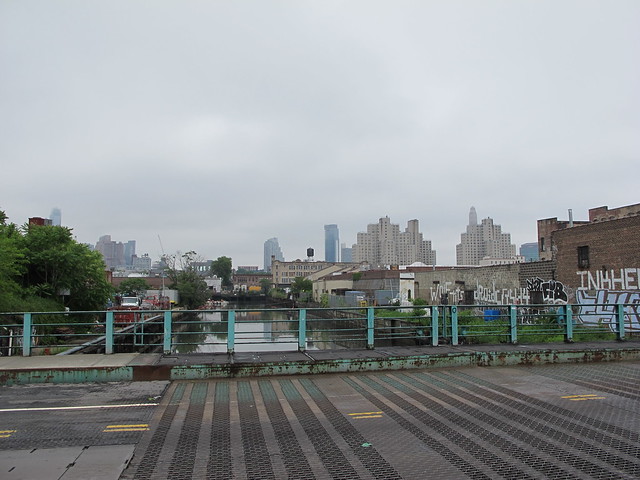

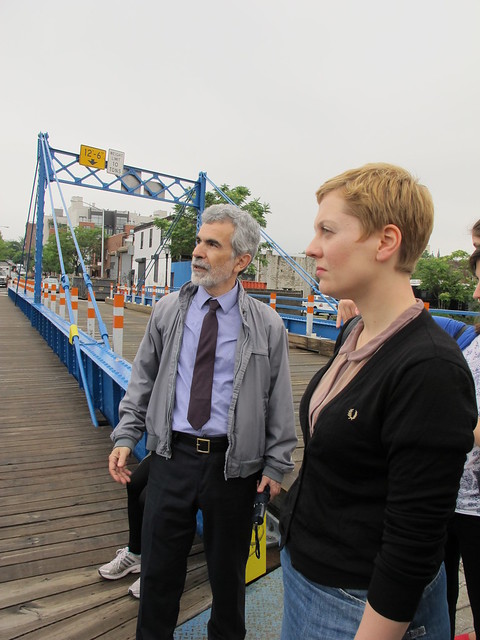
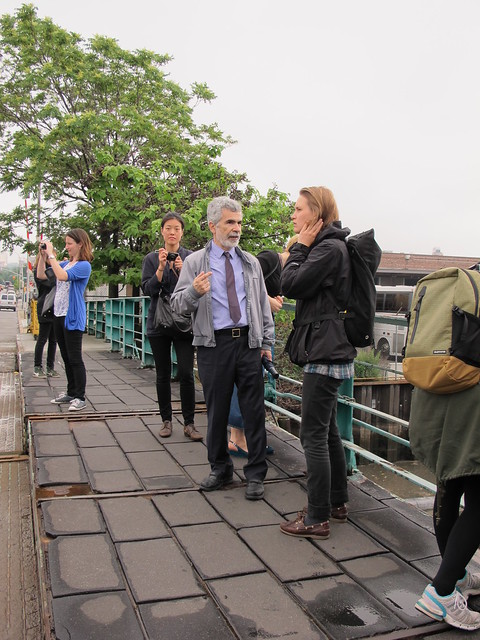
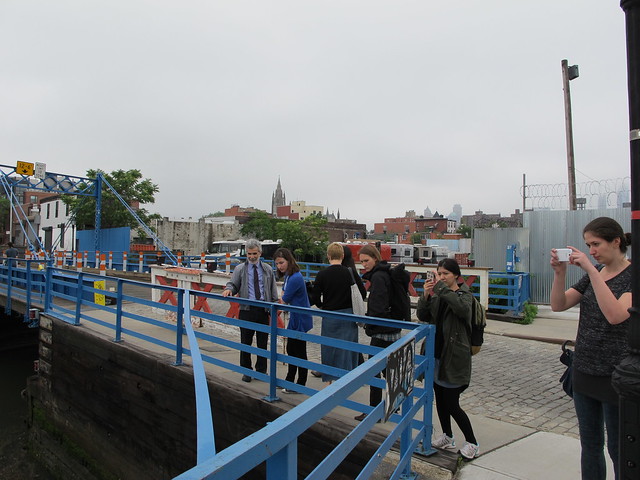
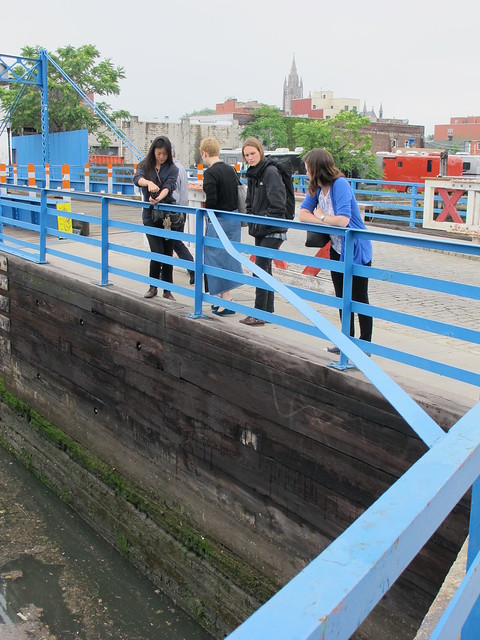
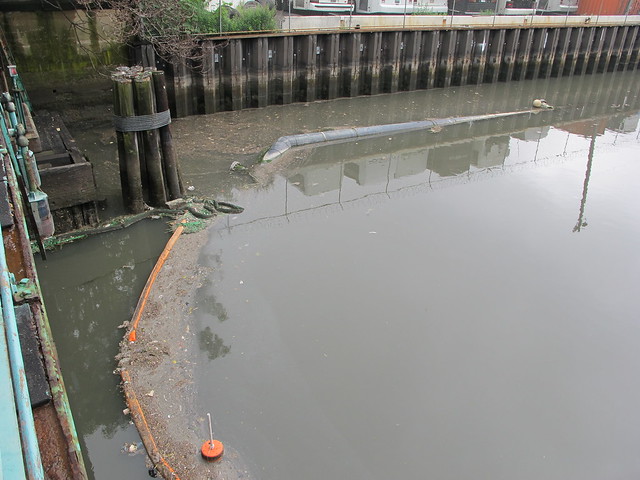
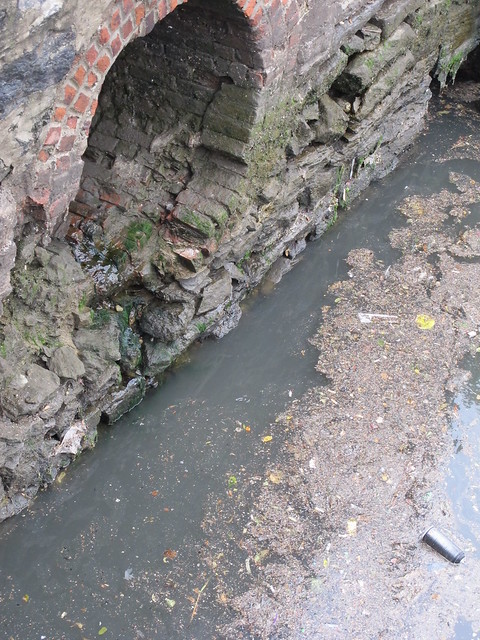
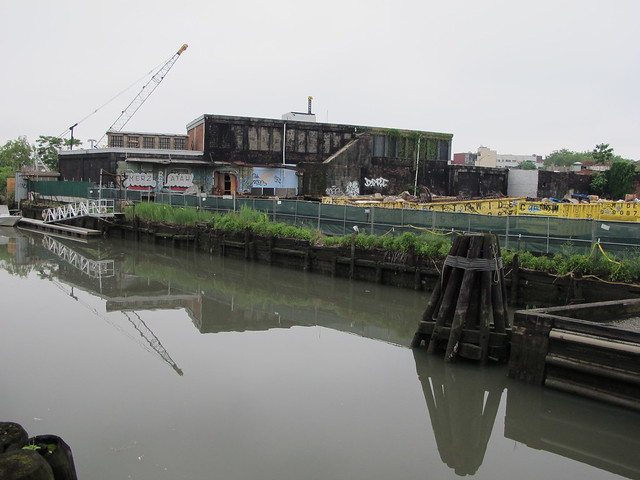


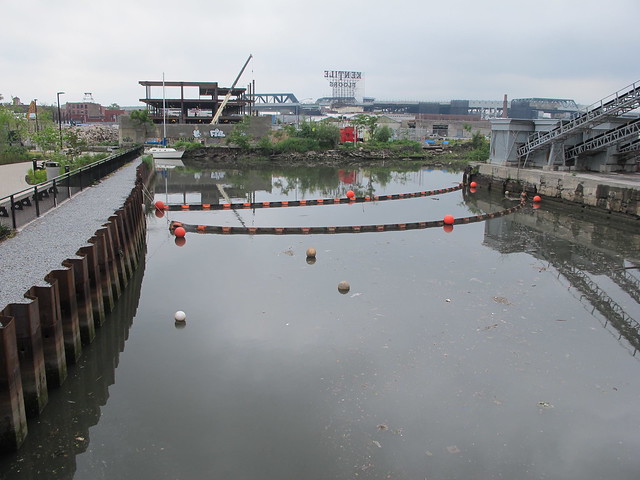
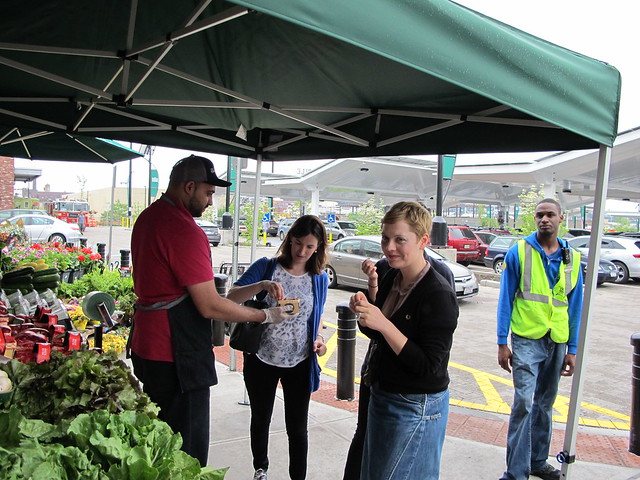
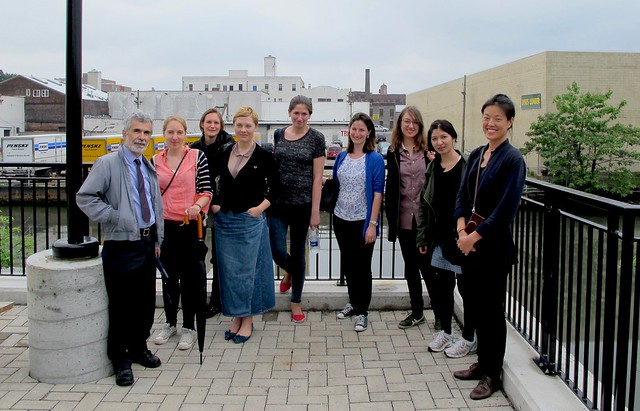

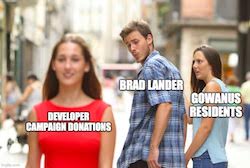




.JPG)

No comments:
Post a Comment